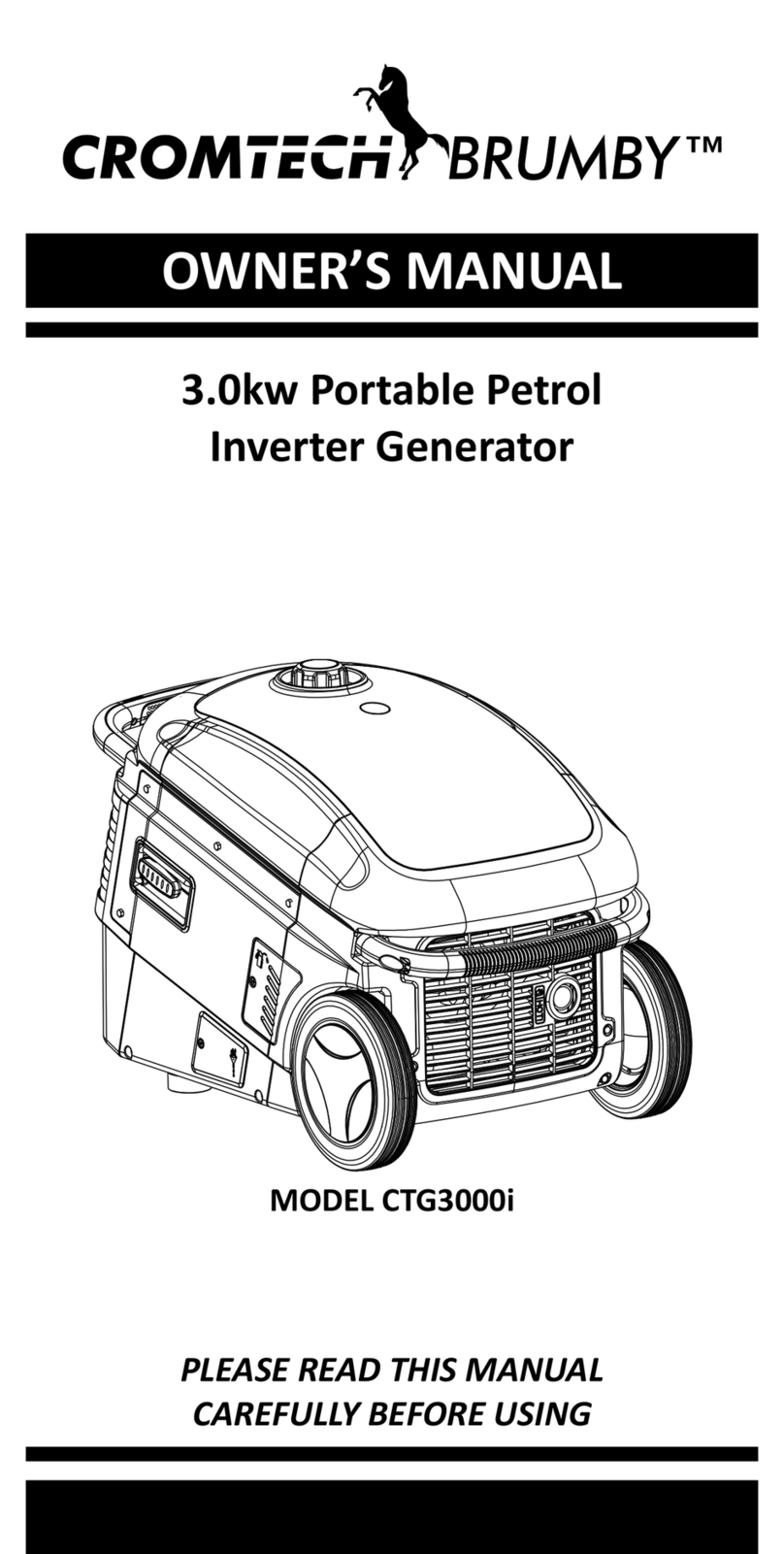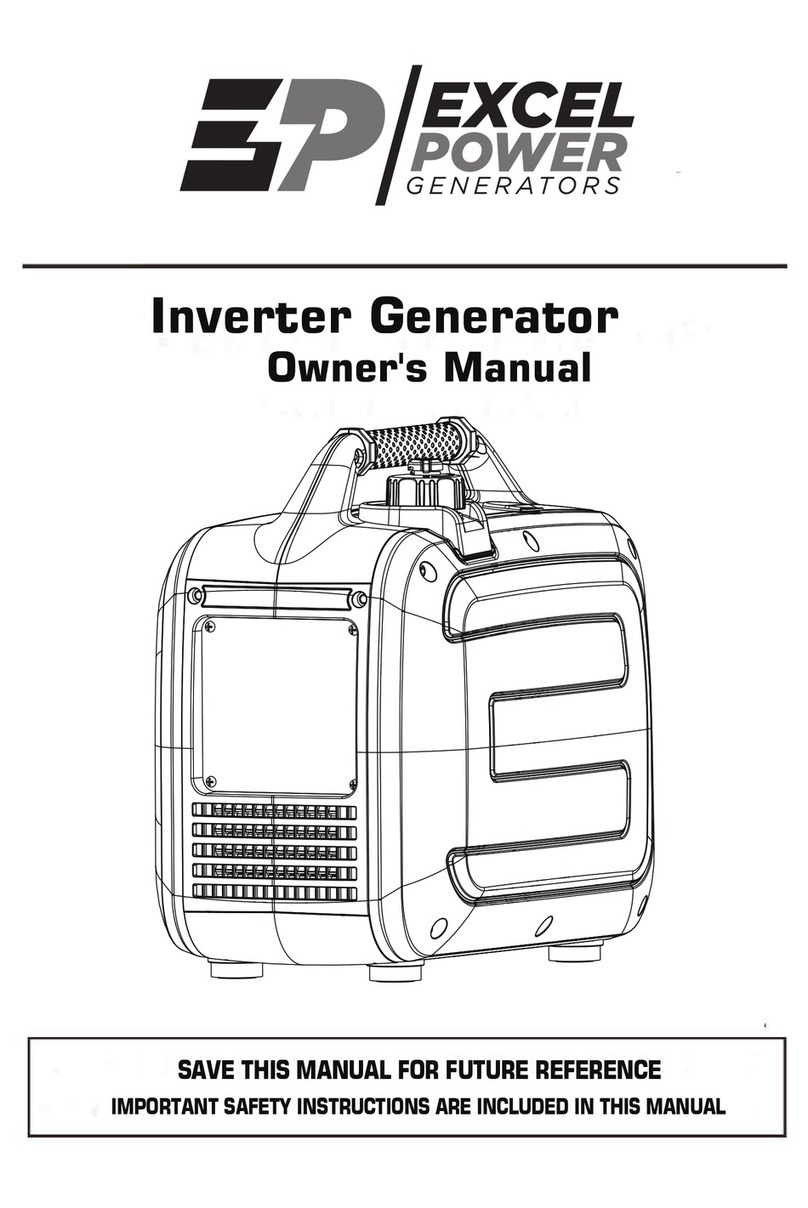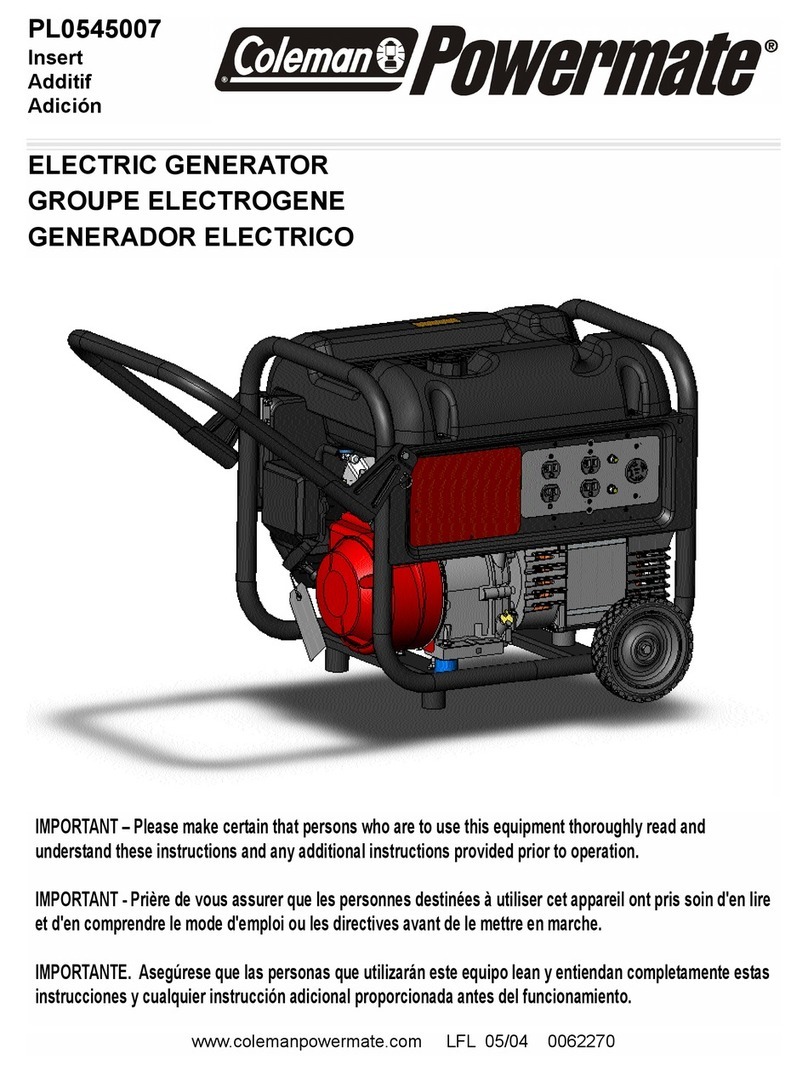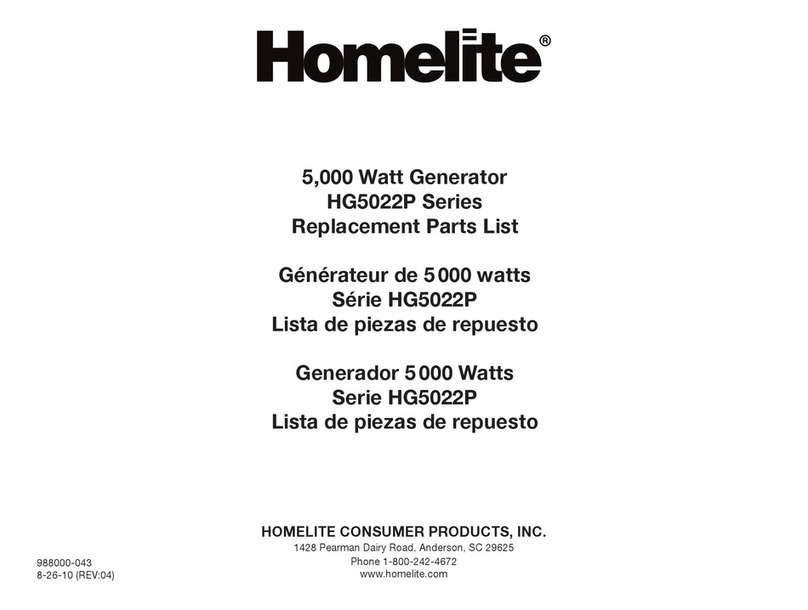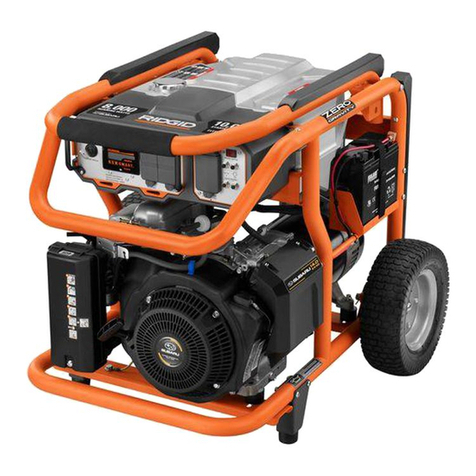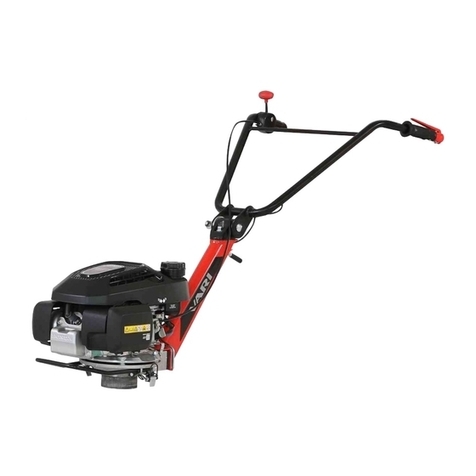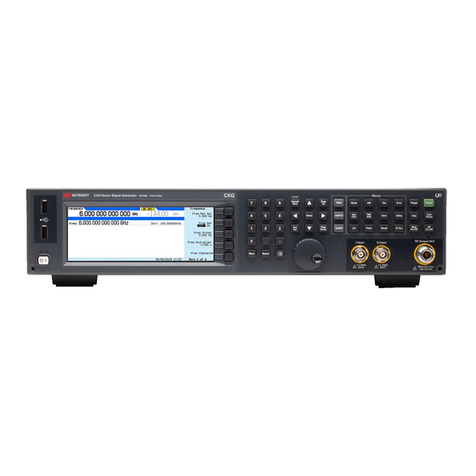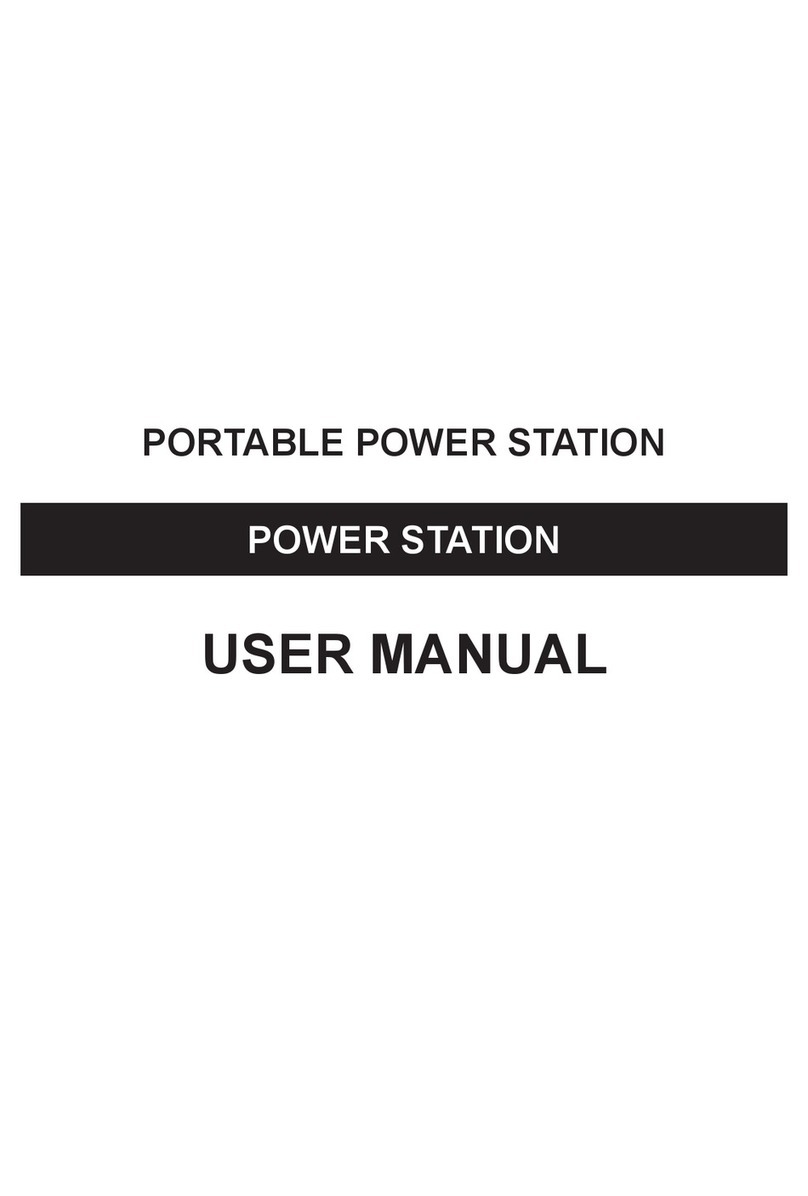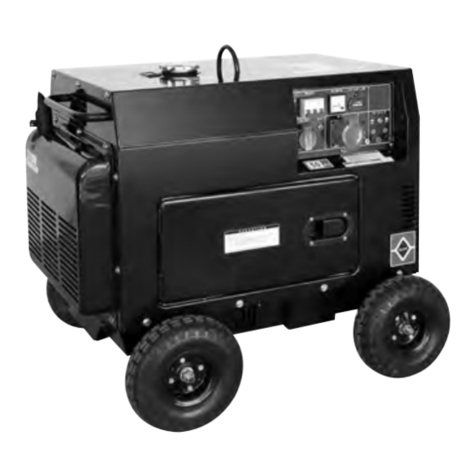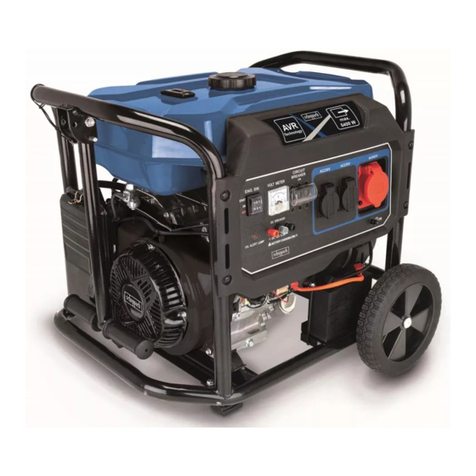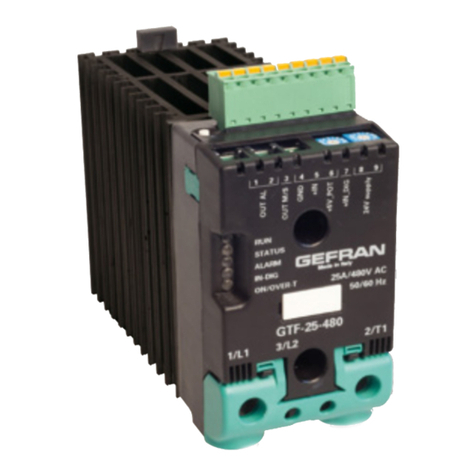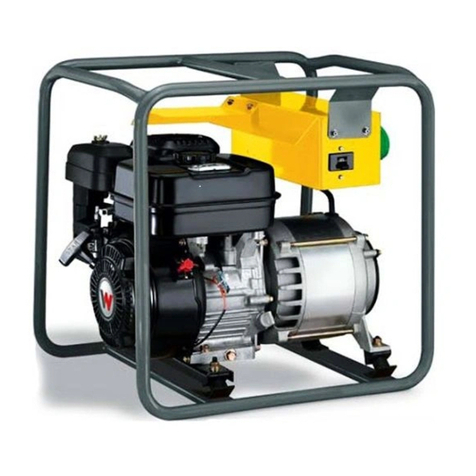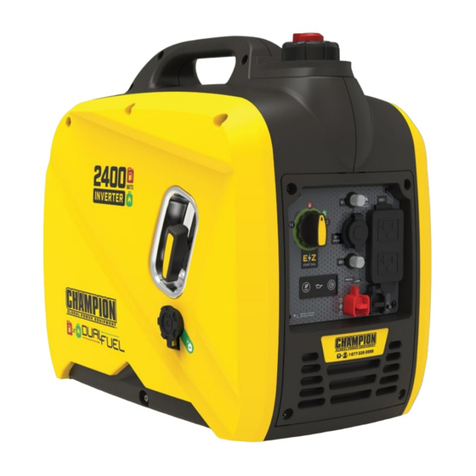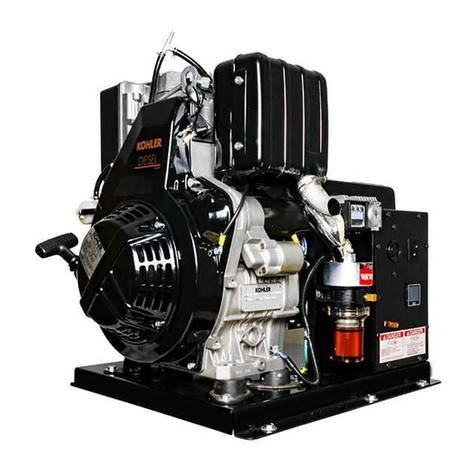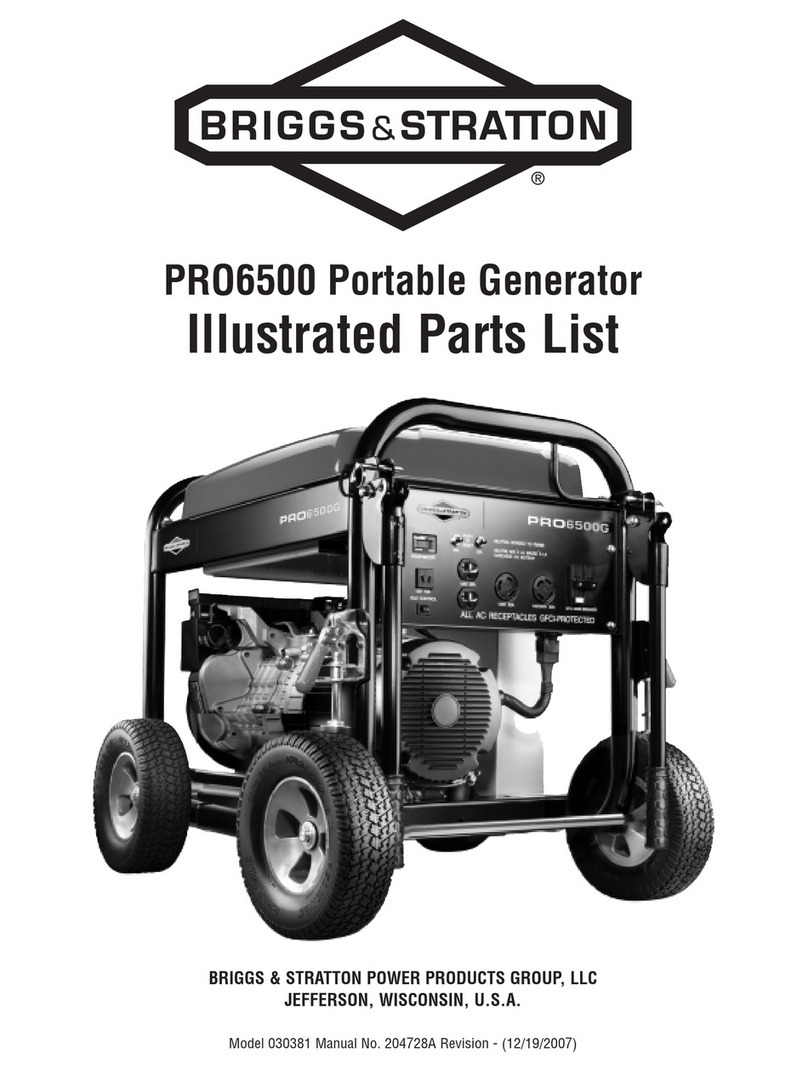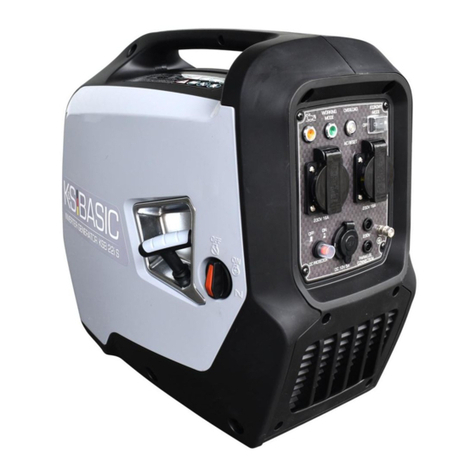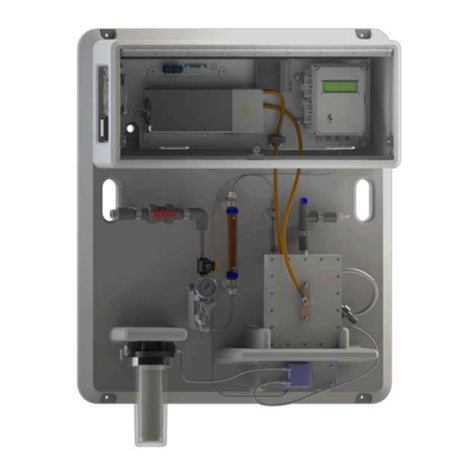MIOX® 1.0 and 2.0 Operators Manual
Page 3
CONTENTS
List of Figures.........................................................................................................4
List of Tables ..........................................................................................................4
INTRODUCTION AND OVERVIEW............................................................................ 5
Regulatory Compliance ............................................................................................5
U. S. Environmental Protection Agency (US EPA) .....................................................5
List of Certifications..............................................................................................5
NSF International.................................................................................................5
State Approvals ...................................................................................................5
System Description .................................................................................................6
System Illustrations and Component Descriptions .......................................................7
INSTALLATION AND STARTUP.............................................................................. 14
SAFETY PRECAUTIONS AND WARNINGS................................................................14
In the Box.........................................................................................................14
What you need .....................................................................................................14
Tools for install ..................................................................................................15
Installation Location Requirements.......................................................................15
Connections .........................................................................................................16
Plumbing...........................................................................................................16
Electrical ...........................................................................................................16
Installing the MIOX® 1.0 or 2.0 ..............................................................................19
Startup Tips ......................................................................................................21
OPERATION AND MAINTENANCE .......................................................................... 22
Normal Operation..................................................................................................22
Interface elements .............................................................................................22
Communications ................................................................................................24
Troubleshooting ....................................................................................................25
Fault Conditions .................................................................................................25
Resolving Software Faults ................................................................................... 25
General Troubleshooting .....................................................................................26
Maintenance.........................................................................................................29
General Plumbing Checks ....................................................................................29
Changing Peristaltic Pump Tubes..........................................................................29
Cell Replacement ...............................................................................................30




















